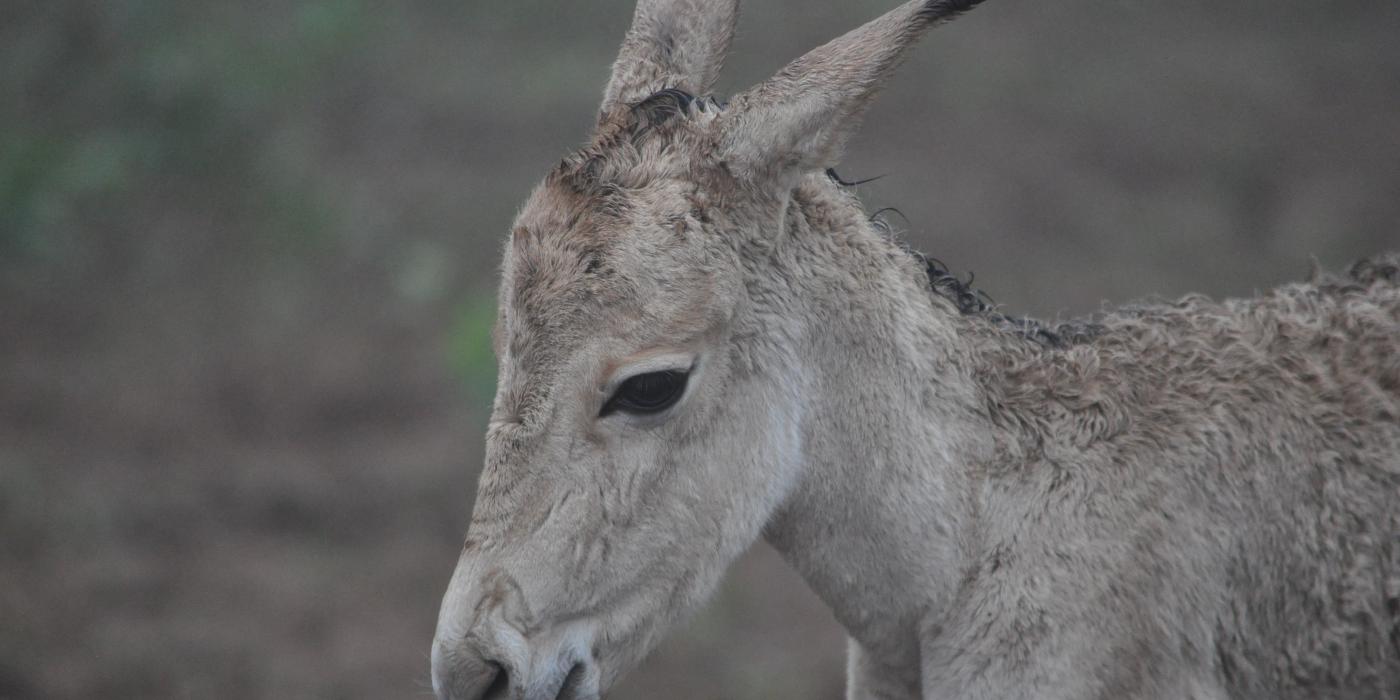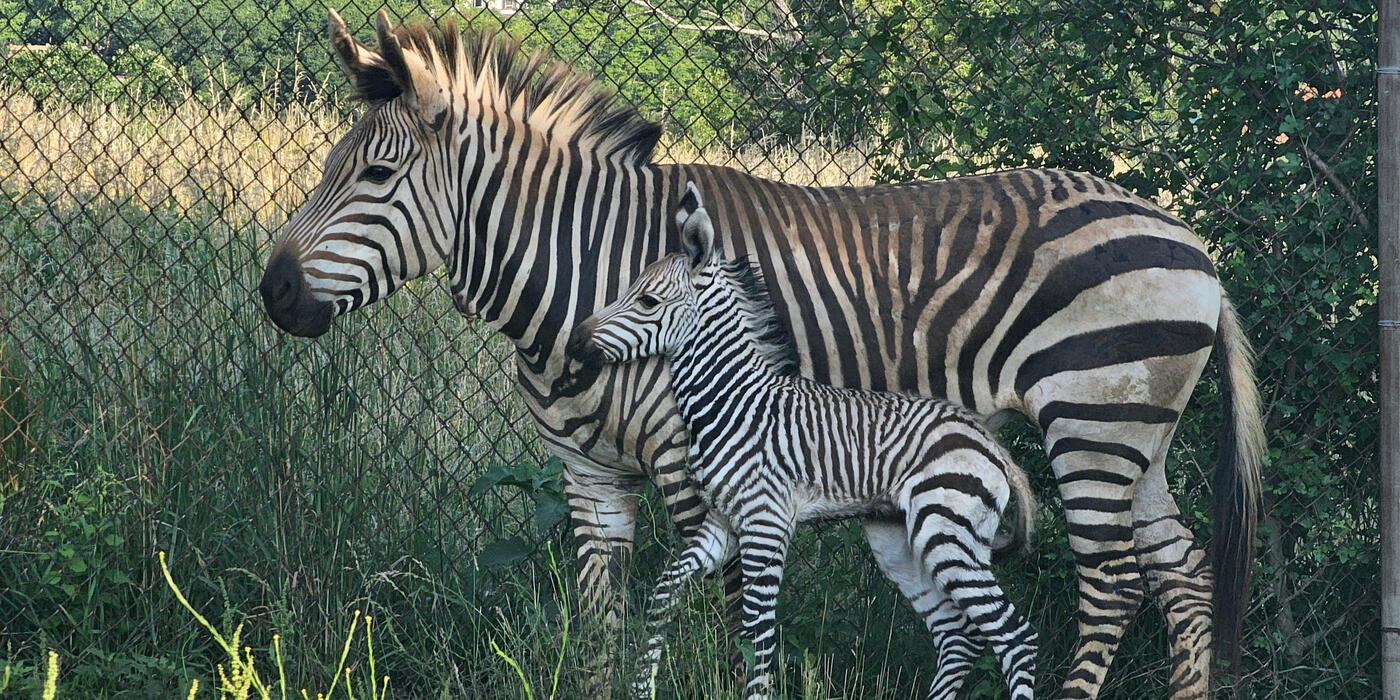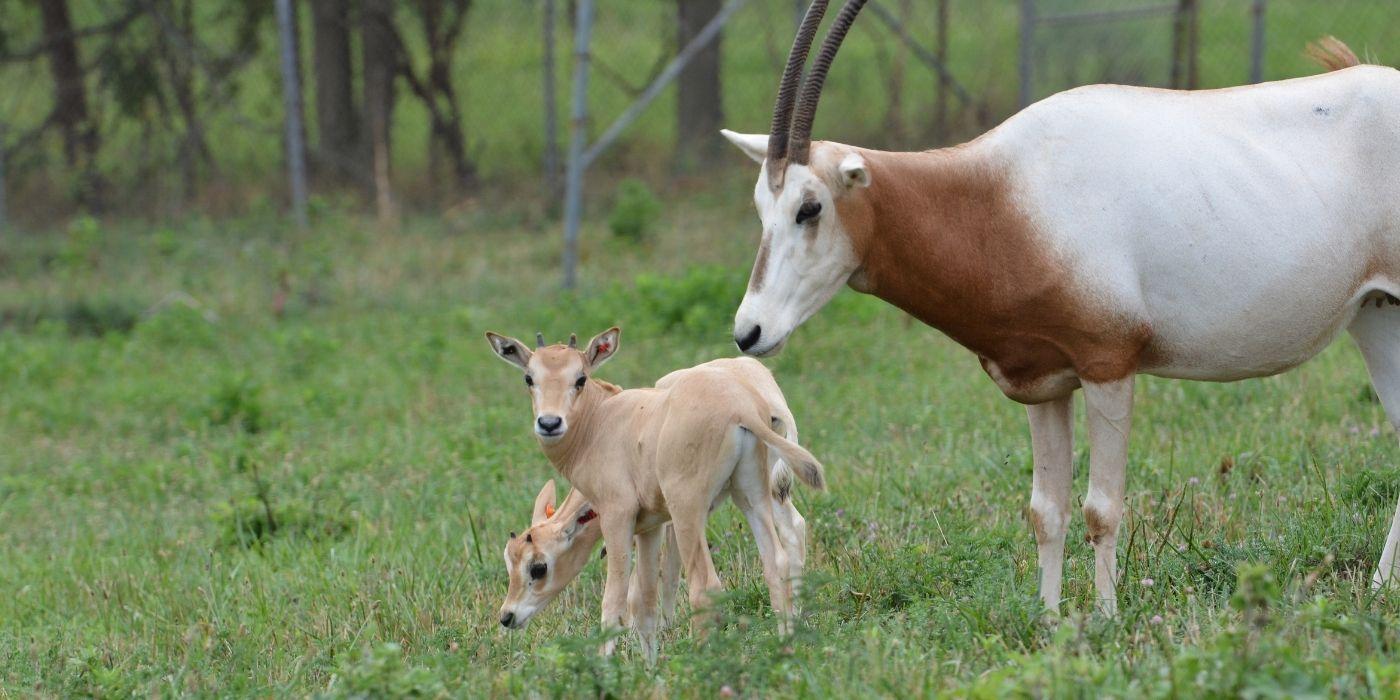Featured Creature: Persian Onager
Excitement is in the air at the Smithsonian Conservation Biology Institute in Front Royal, Virginia, where hoofstock keepers are eagerly anticipating the births of three Persian onagers! Get to know this rare and endangered species in this Q&A with supervisory biologist and ungulates curator Dolores Reed.
What are your favorite facts about Persian onagers?
Onagers, in general, have very strong personalities. They are quite smart and irascible, so they often let keepers know what they are thinking in no uncertain terms! But, that also makes working with them and earning their trust a very rewarding part of our job.
One of their most amazing adaptations is their ability to withstand extreme temperatures. Persian onagers are native to the semi-desert region of Iran, where it can get up to 120 degrees Fahrenheit during the day. In this environment, leaves and grasses provide the onagers with most of the water they need to survive, which distinguishes them from other equine species. Whereas a Przewalski’s horse may drink up to 12 gallons of water a day, a Persian onagers may drink only 1.5 gallons.
One way to differentiate Asiatic wild asses from most domestic horses is by their “dun stripe”—a dark brown stripe that runs down their spine, from mane to tail. Persian onagers, Przewalski’s horses and domestic donkeys all have this trait.
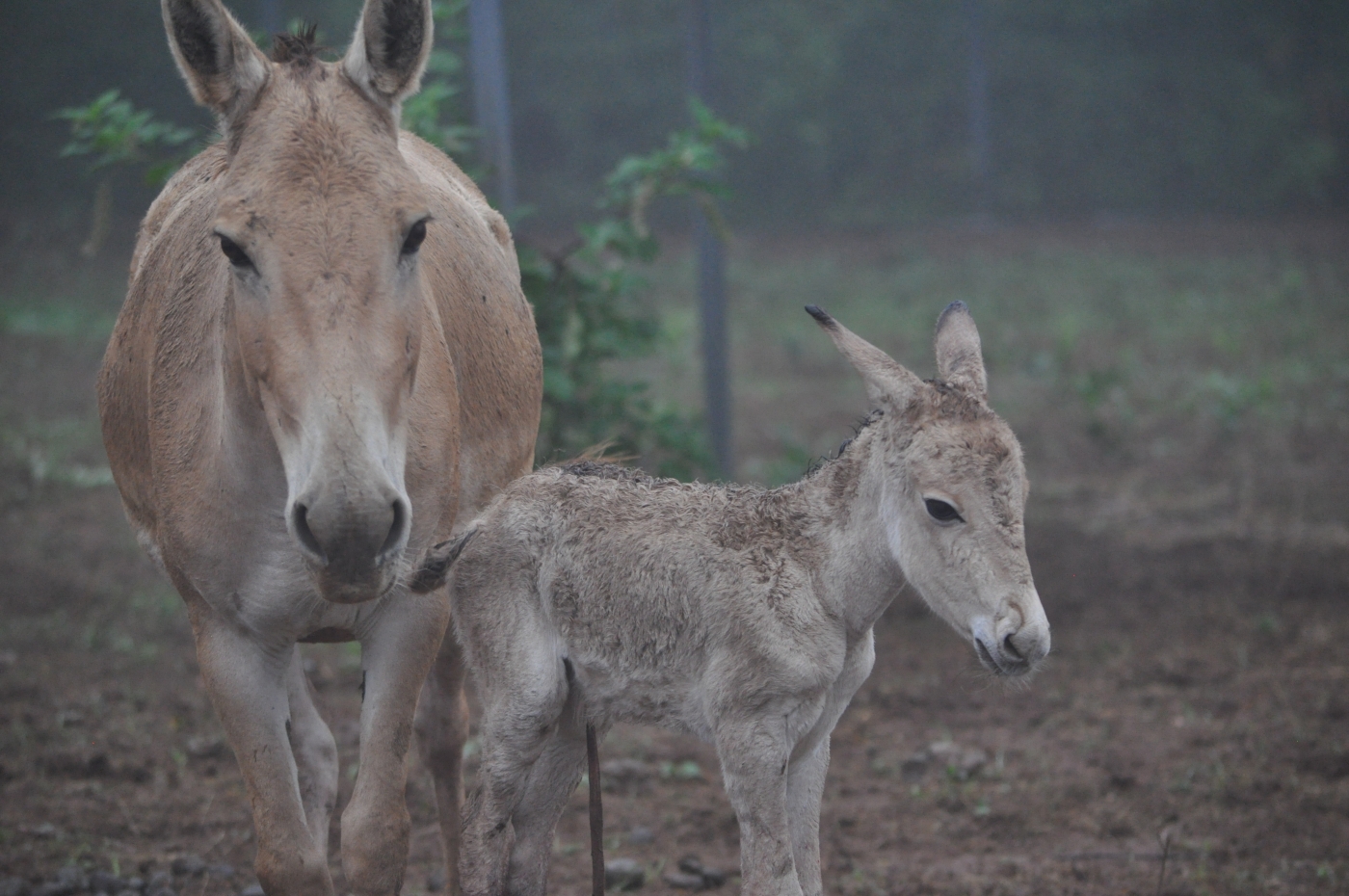
A Persian onager foal and its mother at the Smithsonian Conservation Biology Institute in 2015.
How many Persian onagers live at SCBI?
We currently have nine onagers—four males and five females. This year, 16-year-old female Zaria was recommended to breed with an 11-year-old male named Mandrake. Three other females—6-year-old Sayeh, 5-year-old Dorri and 4-year-old Farah—bred with 7-year-old male Duncan last summer and are due to foal in the coming weeks.
What are the challenges of breeding onagers in human care?
The key to keeping this species under human care is to give them lots of space to roam. Male Persian onagers can be quite aggressive toward the females, and vice-versa. They benefit from having large enclosures where they can spend time away from each other if they so choose.
We are one of only three institutions in North America accredited by the Association of Zoos and Aquariums to house this species, the other two being Cleveland Metroparks Zoo and The Wilds—both located in Ohio. We have the means and space to breed this endangered species in Front Royal, Virginia, and are working closely with these facilities to ensure Persian onagers will be around into the future.
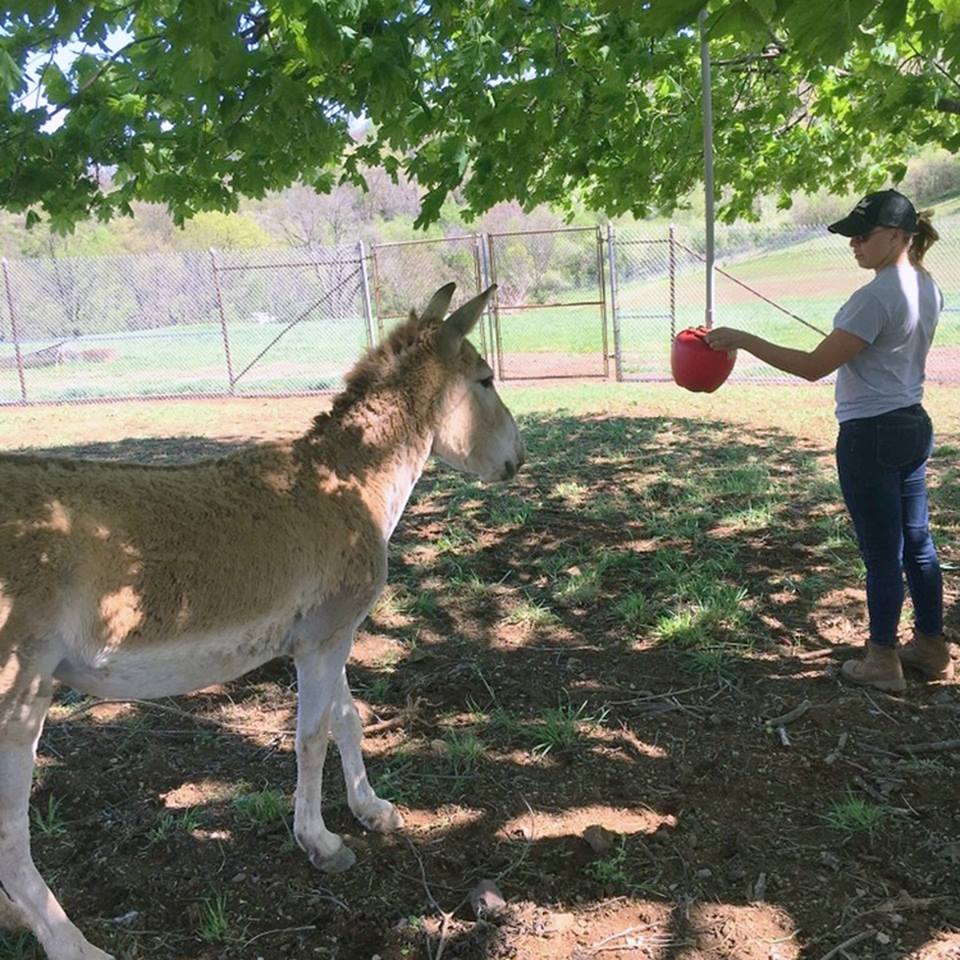
Animal keeper Tara Buk trains a female onager to urinate on command. SCBI scientists analyze hormones in the onager's urine to determine if she is in estrus.
How do you know when they are ready to breed?
A large part of our research is studying reproductive cycle hormones; one way that we do that is by collecting and analyzing urine samples. To obtain the samples, keeper Tara Buk has trained our young Persian onagers to urinate on command, just like their mothers do.
Training this behavior takes an exceptional amount of patience and positive reinforcement, but Tara’s hard work has paid off. Our ability to quickly and consistently collect urine has greatly expanded the Smithsonian Conservation Biology Institute’s research potential. These non-invasive hormone-monitoring techniques enable our scientists to determine the most effective time to put the animals together for breeding or perform an artificial insemination.
Has SCBI had onager foals before?
Since 2008, we have had four births. The last foals—female Farah and male Turan, were born 4 years ago.
Predicting the timing of a female’s estrus is the key to successfully breeding this species, especially because their estrus is quite short and lasts only 3 to 5 days. Gestation can be as long as 365 days. Following the foal’s birth, females have a short period of anestrus where they do not normally cycle. Once they begin cycling again, they are able to become pregnant—even while they are caring for their current young foal.
We look forward to welcoming new foals this summer!
This story was featured in the July 2019 issue of Smithsonian Conservation Biology Institute News.
Related Species:
